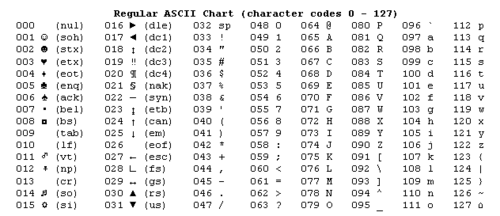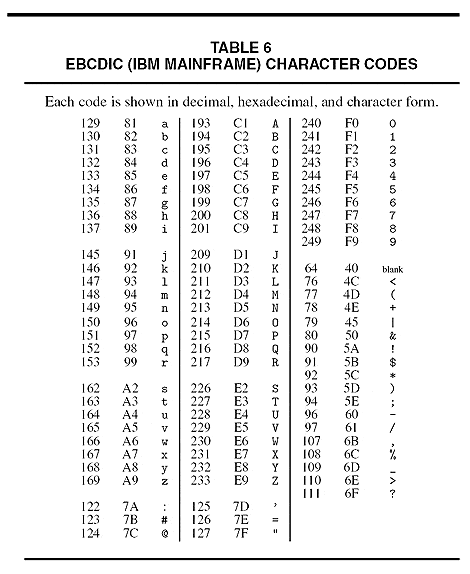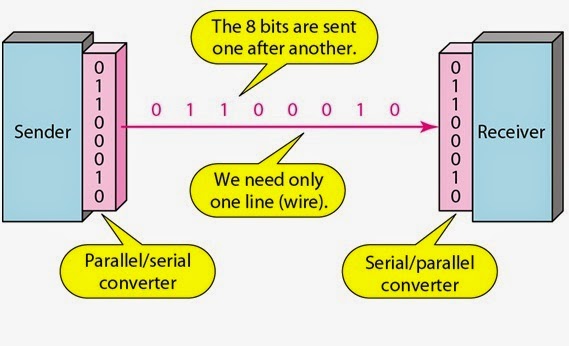
Data Transmission: The Ultimate Guide
As technology progresses significantly, there are lots of major changes with regards to data transmission, data delivery, as well as in data recovery. Because of this, we need to stay updated with all of the recent changes and become knowledgeable on how to use all of the new capabilities efficiently and effectively. There are actually lots of topics to be discussed with regards to data transmission. And so, relevant queries must be addressed thoroughly.
First and foremost, we need to learn what data transmission really is. Second, we need to discuss the various forms of data transmission and the various modes of data delivery. Third, we need to assess the advantages and disadvantages of each of the types and forms of data transmission. These are the things that we need to address and talk about in this article. This is the reason why we are going to create the ultimate guide to data transmission.
Overview of Data Transmission
Data transmission is basically the process of transferring data from the point of origin or data source to the point of destination or the data recipient. The data can be encoded into a digital binary sequence or can also be encoded into an analogue signal. These digital binary sequences can represent data such as a document, photo, audio file or even a video file. In some cases, data transmission of voice in a phone call can also be applied. The encoded digital binary sequence can be transmitted in the form of an electromagnetic signal.
There are basically 2 ways to implement the process of encoding binary data. The first option is to use the American Standard Code for Information Interchange (ASCII). In this particular option, the data is encoded using a binary model with 7 bits of data attached. All of the 7 bits of data can be represented by either 1 or 0. It is usually a combination of 1’s and 0’s. If you use the ASCII form of data encoding, 128 different elements consisting of numbers, alphabets and punctuation marks can actually be represented.

The second option in encoding binary data is the Extended Binary Coded Decimal (EBCDIC). In this particular option, the data is encoded using a binary setup with 8 bits of data attached. If you are using the EBCDIC form of date encoding, then there a maximum of 256 elements consisting of a series of combinations of letters, numbers, and punctuations that can be fully represented. These 2 forms of data binary encoding are acceptable in today’s standard.

Forms of Data Transmission
There are 2 basic types of data transmission. The first type is called parallel data transmission. In this particular type of data transmission, the data is actually transferred simultaneously in various electrical conductors or what we call the physical layers. Instead of sending the data bits piece by piece, the data is actually sent all at the same time on several parallel channels for faster data transmission. This type of data transmission ensures that there is a very small chance of having delays in transferring individual words in the case of a readable document file. However, you should be aware that parallel data transmission is only used for the short-distance transfer of data.

The second type of data transmission is called serial data transmission. It is the direct opposite of the parallel type of data transmission. In serial data transmission, the bits of data are sent to the data receiver one by one. The other bits of data can’t be passed to the data receiver equipment if the first bit of data has not yet been successfully sent.
In serial data transmission, the bits of data are sent sequentially rather than simultaneously. This type of data transmission is most useful when trying to send data on very long distances. However, you should be aware that because the bits of data are sent one after the other, the decoding of data on the other end of the serial data transmission process tends to be slower than in the parallel transmission.
There are currently 2 types of serial data transmission. It can either be a synchronous serial data transmission or it can also be an asynchronous serial data transmission. In the synchronous serial data transmission system, the data are transferred to the receiving end in a continuous stream at a regular interval of time.
This means that the rate of transfer is uniform. It does not go fast nor does it goes slow. The device holding the original data and the device in charge of decoding the transmitted data are running at the same rate. The clock signals in this type of serial data transmission are fully synchronized. This is the reason why there is no need to look for a start bit or a stop bit to be able to decode the data. Because the transfer of data happens at a regular interval, it allows the system to transfer more information in the data transmission circuit in a specified period of time.
In the asynchronous serial data transmission, the data are transferred to the receiving end of data transmission with no regular rate of interval. This means that the data transfer can be fast or can be slow. It has no regular time interval in transferring a set of data. This means that the speed of data transmission can’t be assessed thoroughly and be predicted accurately. During the course of data transmission, the rate of data transfer can be a combination of fast and slow transmissions. This is the reason why in most cases, there is a lesser amount of information sent in the data infrastructure if you use the asynchronous serial data transmission process.

Advantages of Parallel Data Transmission
There are multiple advantages if you use a parallel data transmission system. Listed below are the following:
- Successful data transmission of time-sensitive information.
Parallel data transmission is used to transmit time-sensitive information. An example of time-sensitive information is the data found when video streaming is implemented. The bits of data need to be transferred at a very fast pace in order to prevent possible video buffering or experiencing unnecessary video pausing. With the use of parallel data transmission, viewer experience is improved significantly.
We all know for a fact that nobody wants a slow-loading video especially if it is a live video. This is because you will experience that the audio comes faster than the actual video if the rate of data transmission is slow. It could result in a very poor viewer experience.
- Successful data transmission of a voluminous amount of data.
Parallel data transmission is used to transmit voluminous amounts of data. This is done to make the process of data transmission faster. If the system uses a serial data transmission system instead, then the process of transferring data can be very much slower. This is the reason why some of the best cloud backup service providers offer courier service when recovering large volumes of data previously stored in the data since it will be much slower if files are downloaded from the cloud itself. The courier service of the best online backup service providers uses a parallel data transmission system.
If you want to learn more about the best cloud backup service providers available, click the button below.
Disadvantages of Parallel Data Transmission
There are certain disadvantages if you use the parallel data transmission system. Listed below are the following:
- Implementing parallel data transmission can be costly.
While it is true that a parallel data transmission system is perfect for short-range data transfer, it can never be denied that the procedure can be costly when used to transmit data over long distances. This is basically because you need to spend lots of money on building multiple transmission lines to carry the data simultaneously towards its destination. The longer the distance, the higher the cost will be.
Advantages of Serial Data Transmission
There are certain advantages if you use a serial data transmission system. Listed below are the following:
- Serial data transmission is cheaper than a parallel data transmission system.
Since you only need to use only one communication line when implementing serial data transmission, the cost can be significantly lesser than building a parallel data transmission system that uses multiple communication lines. You can save a lot of money if you prefer using a serial data transmission system especially when data travel exceeds a few kilometers.
Disadvantages of Serial Data Transmission
There are multiple disadvantages of a serial data transmission system. Listed below are the following:
- Data transmission is slower in the serial data transmission system.
Since transferring data in the serial transmission requires the data to be sent bit by bit, then it is a very slow process when compared to parallel data transmission. This form of data transmission is only best for transferring small amounts of data at a time.
- The overall cost is increased since you need to invest in conversion devices.
You need to invest in conversion devices so that the 8-bit binary code can be sent on a single line. You need conversion devices both at the data source and at the data destination.
